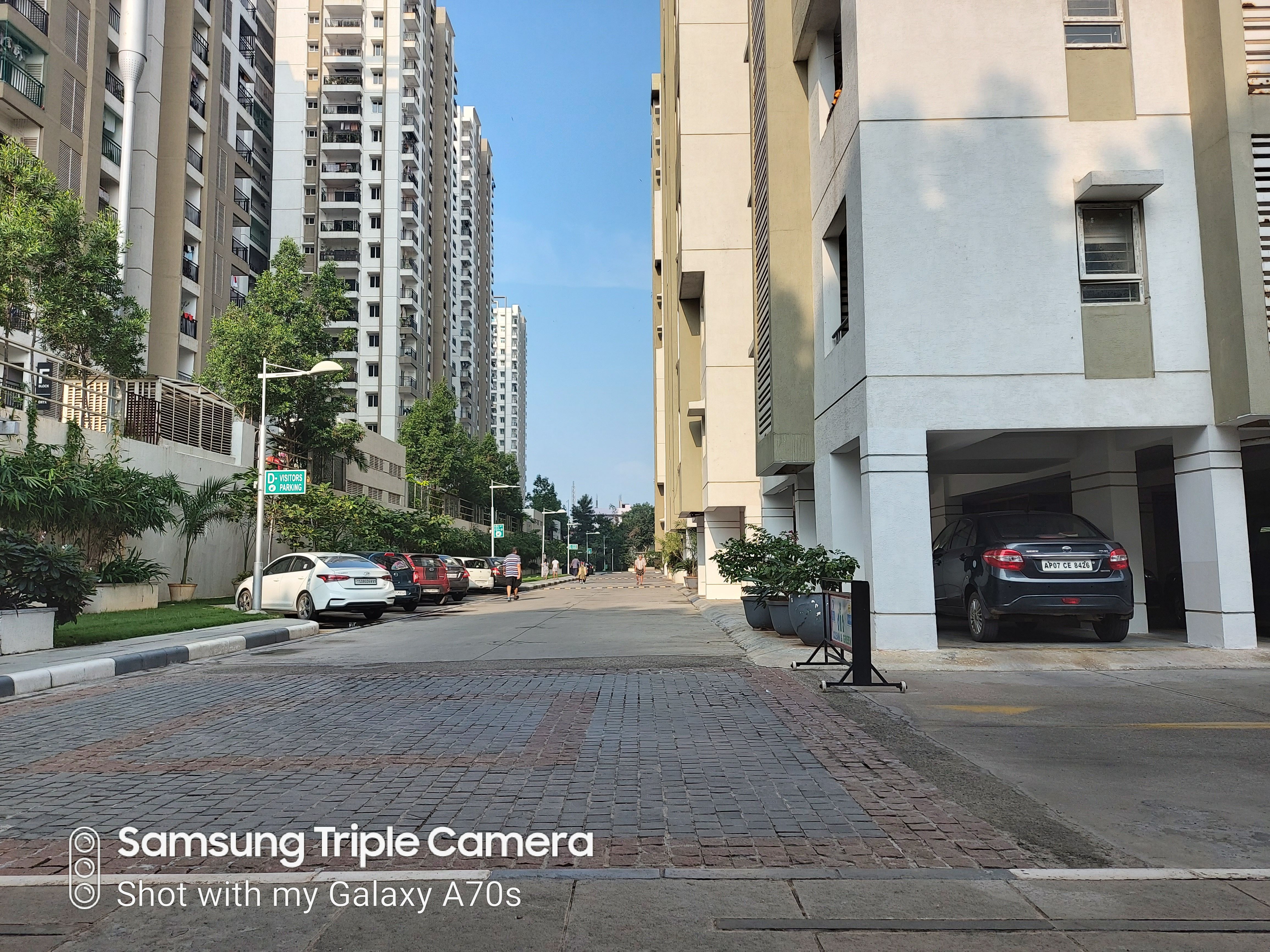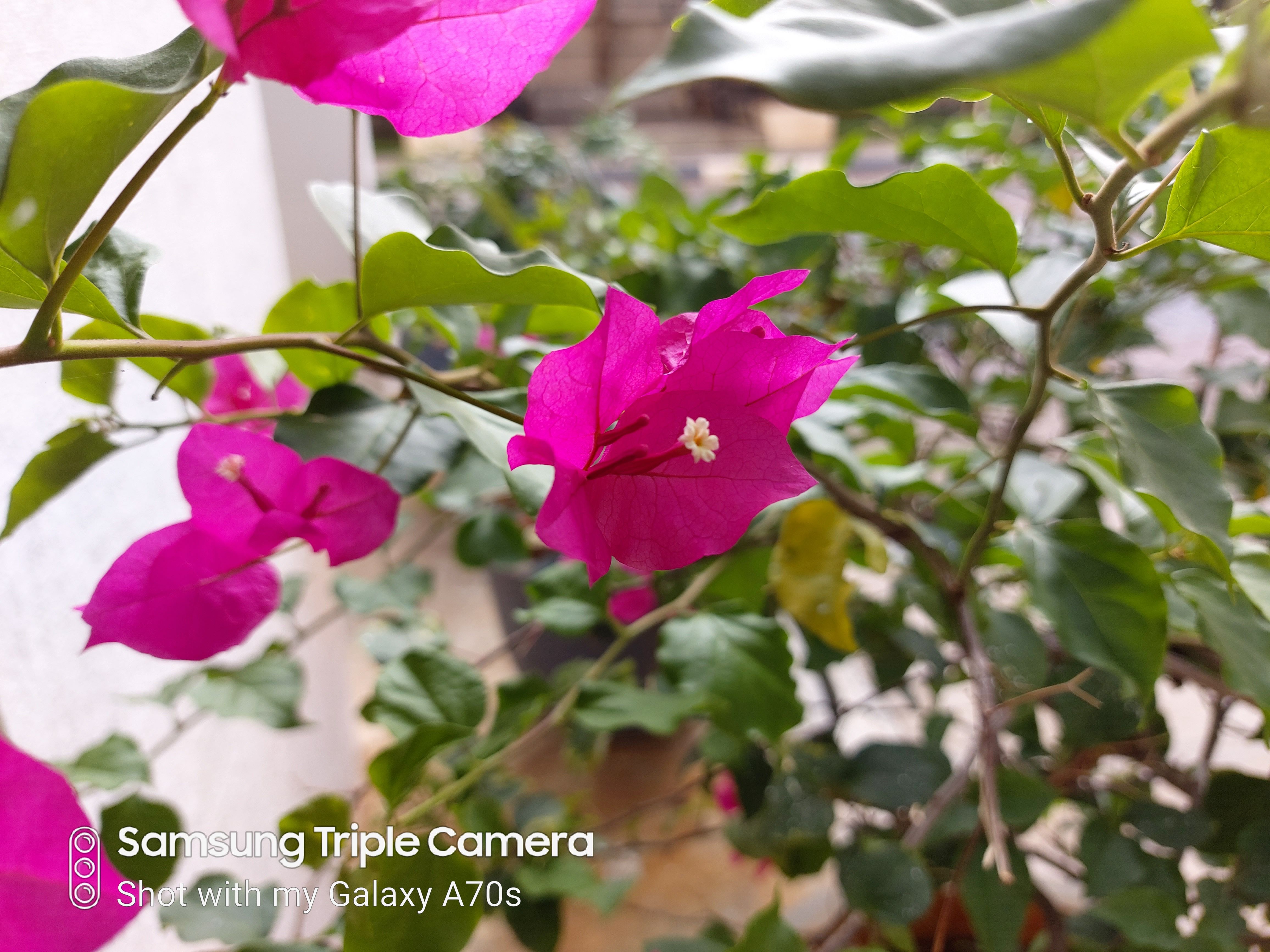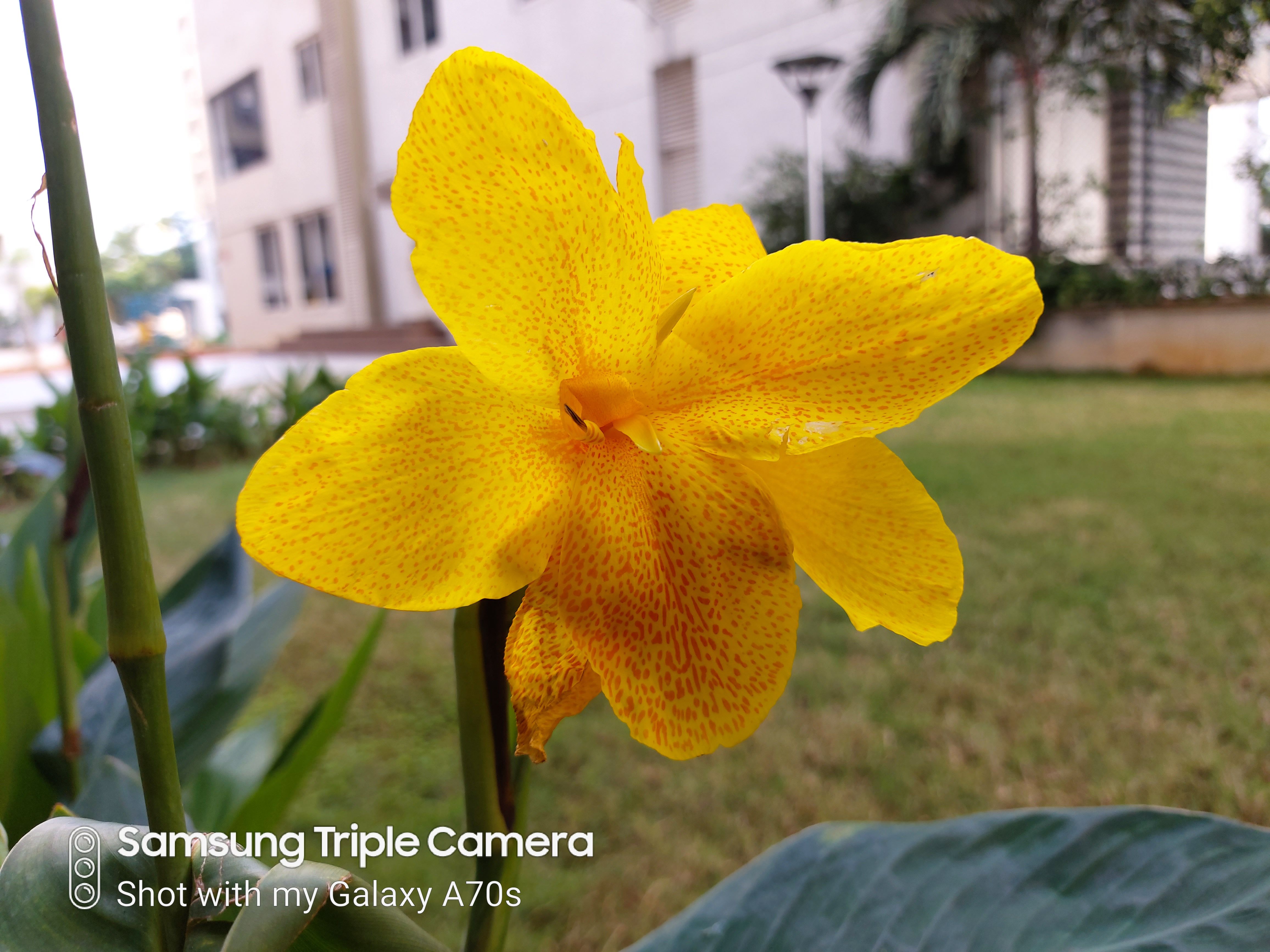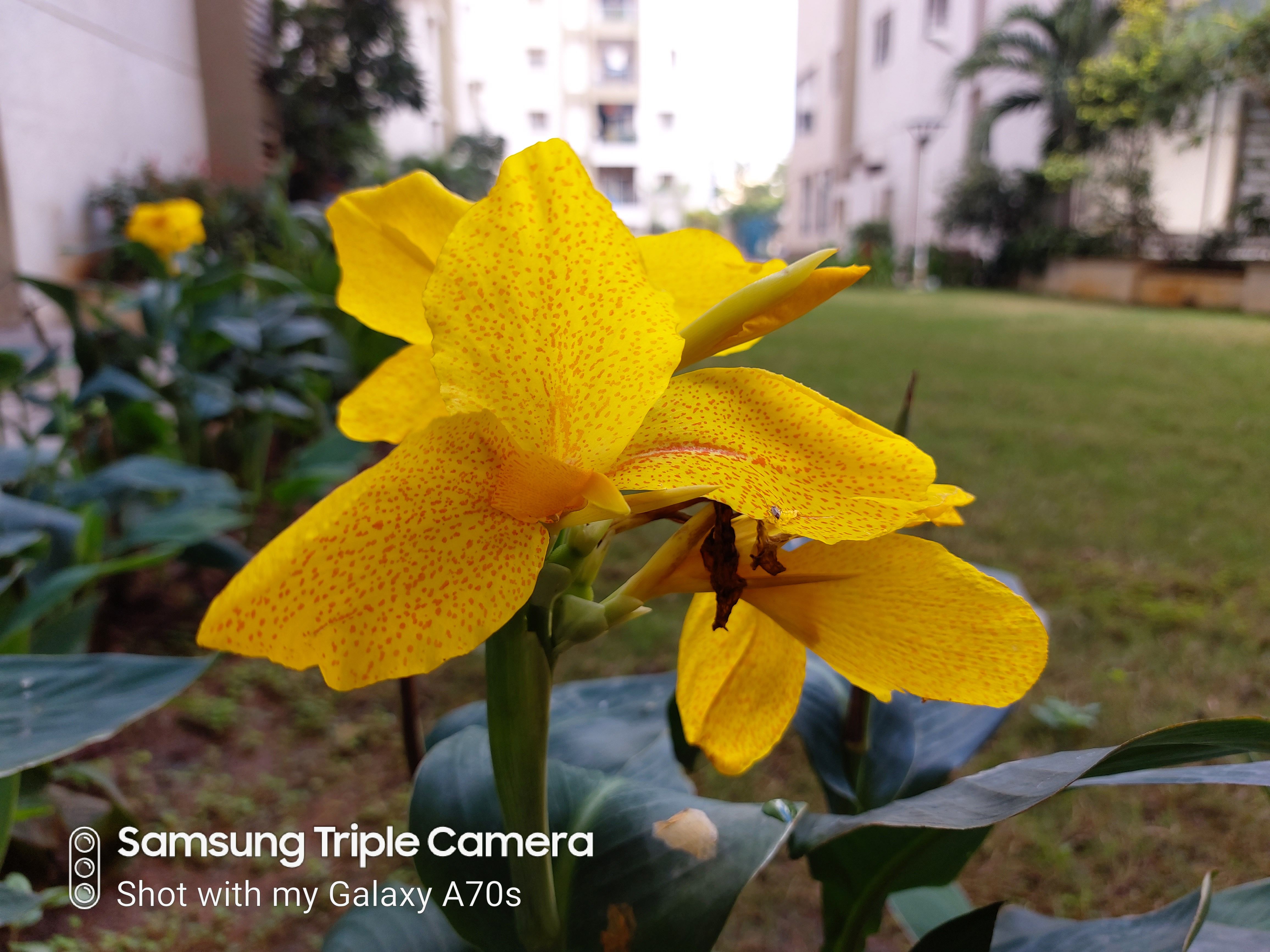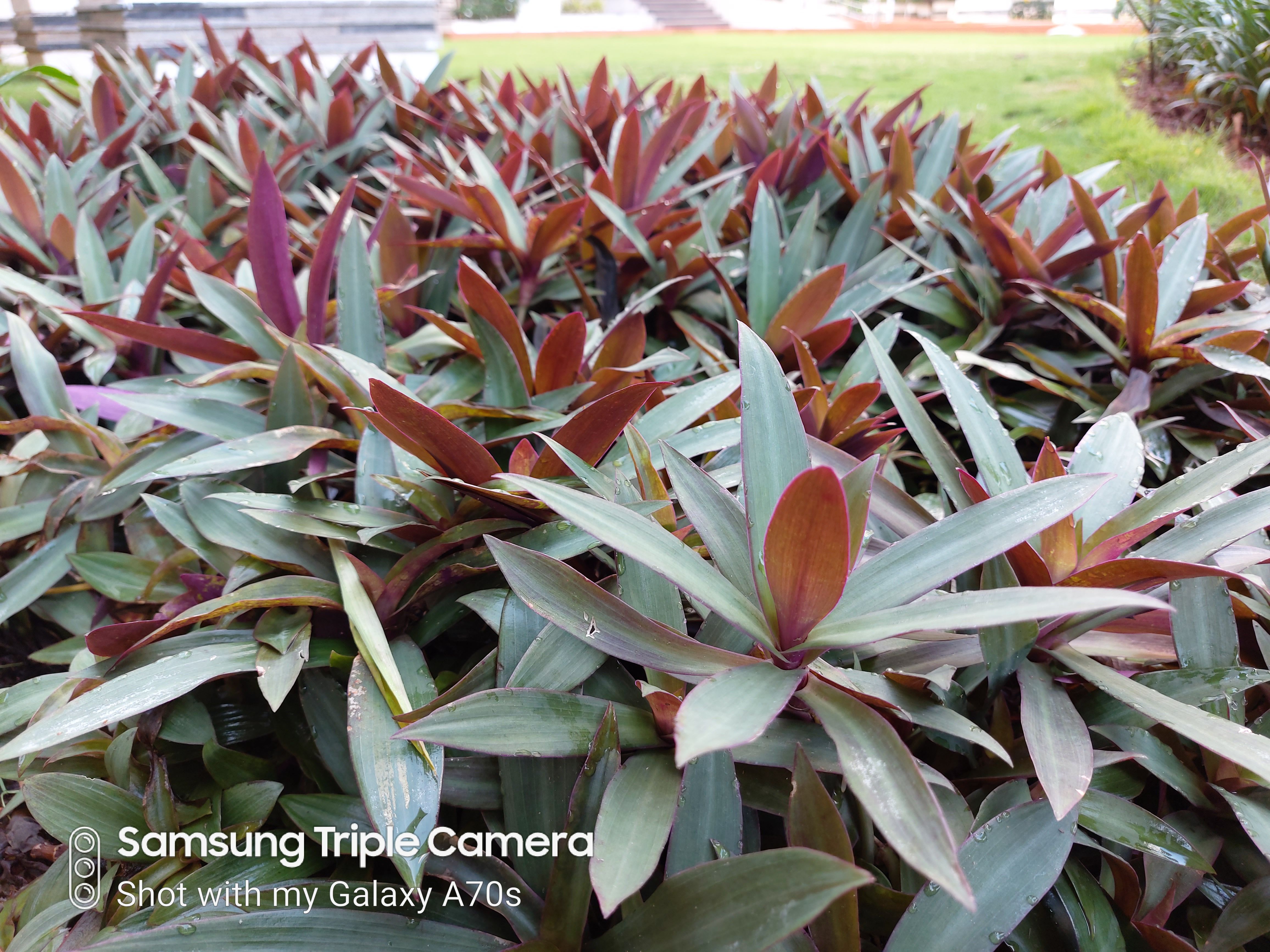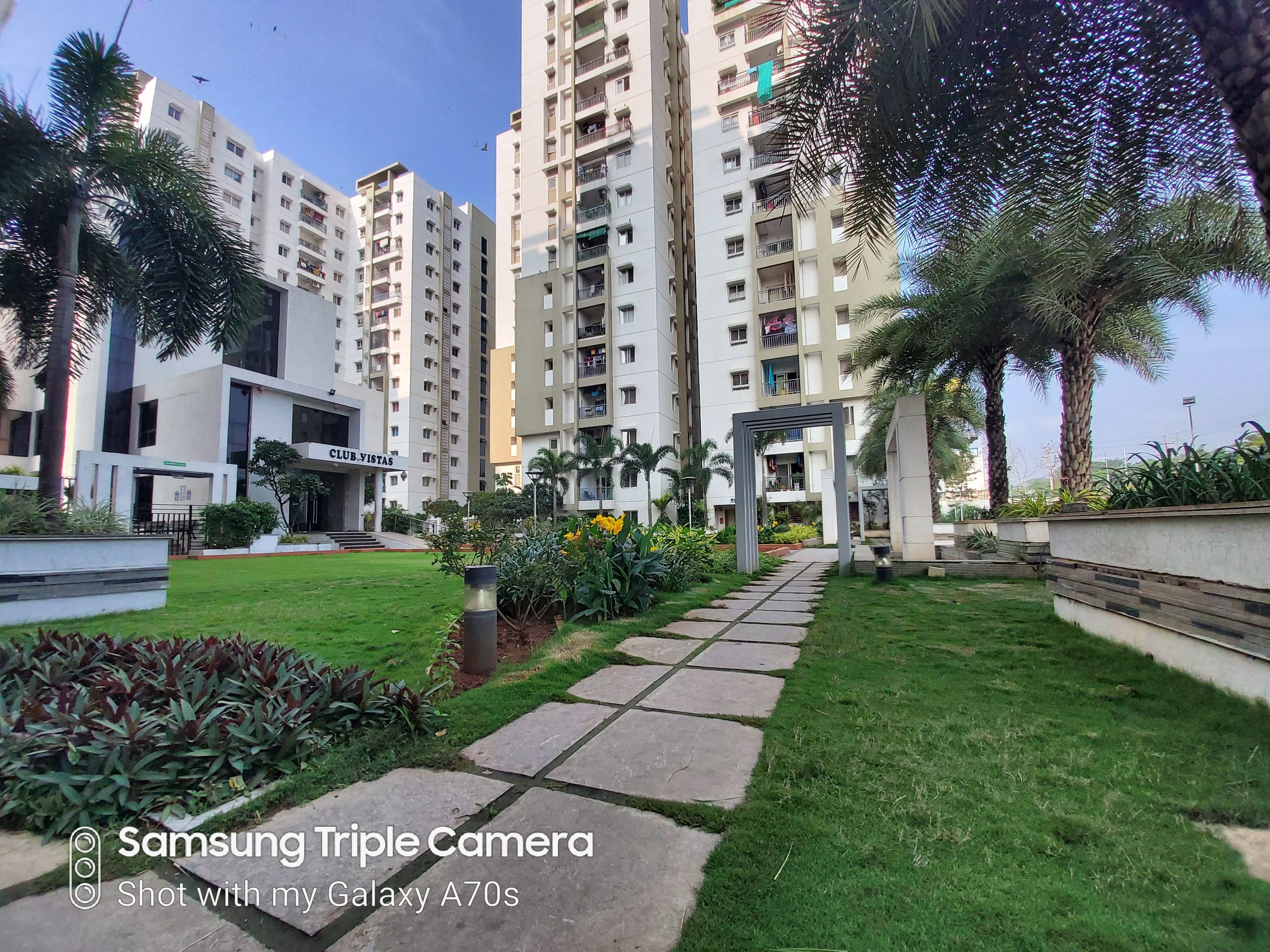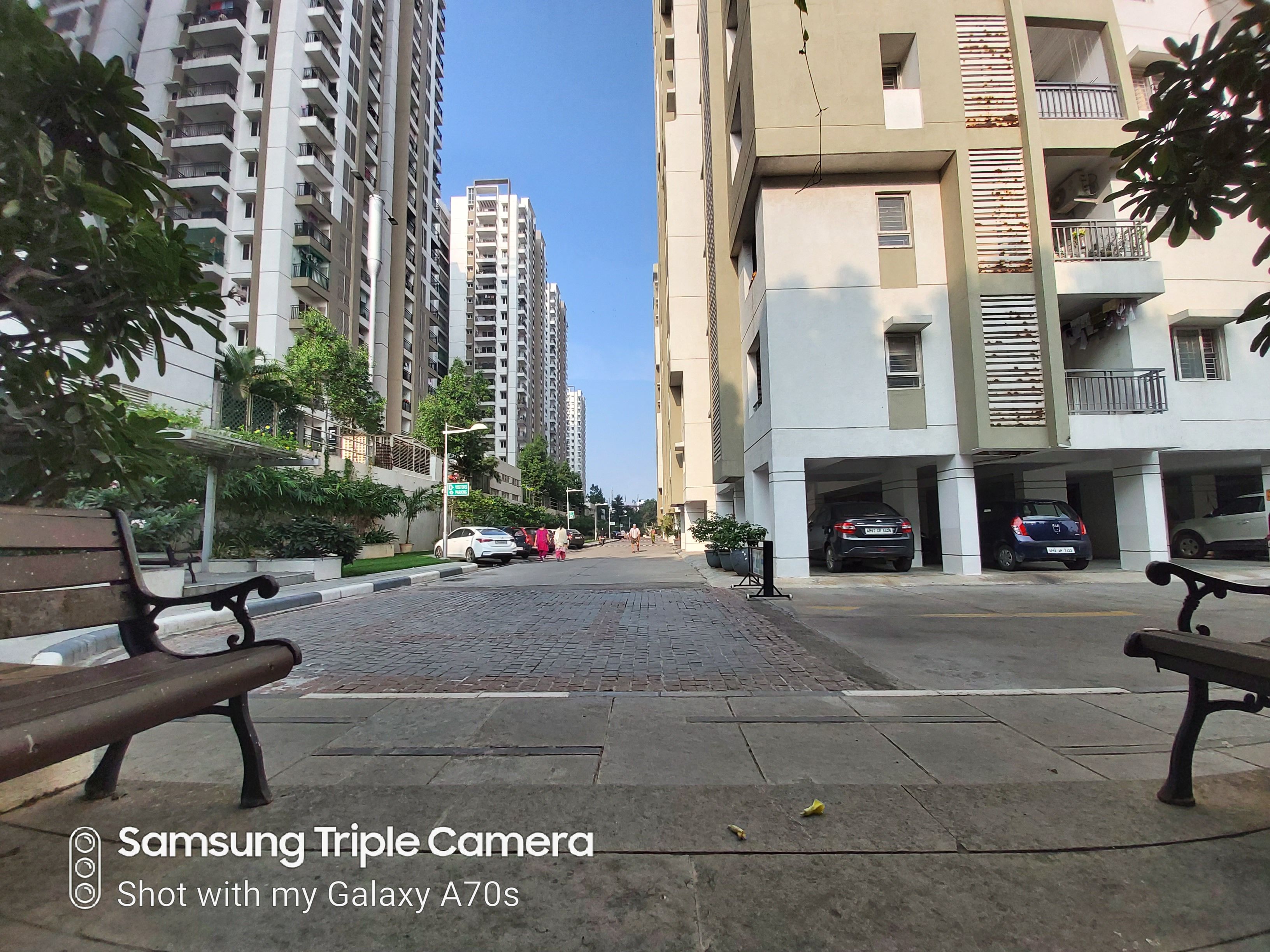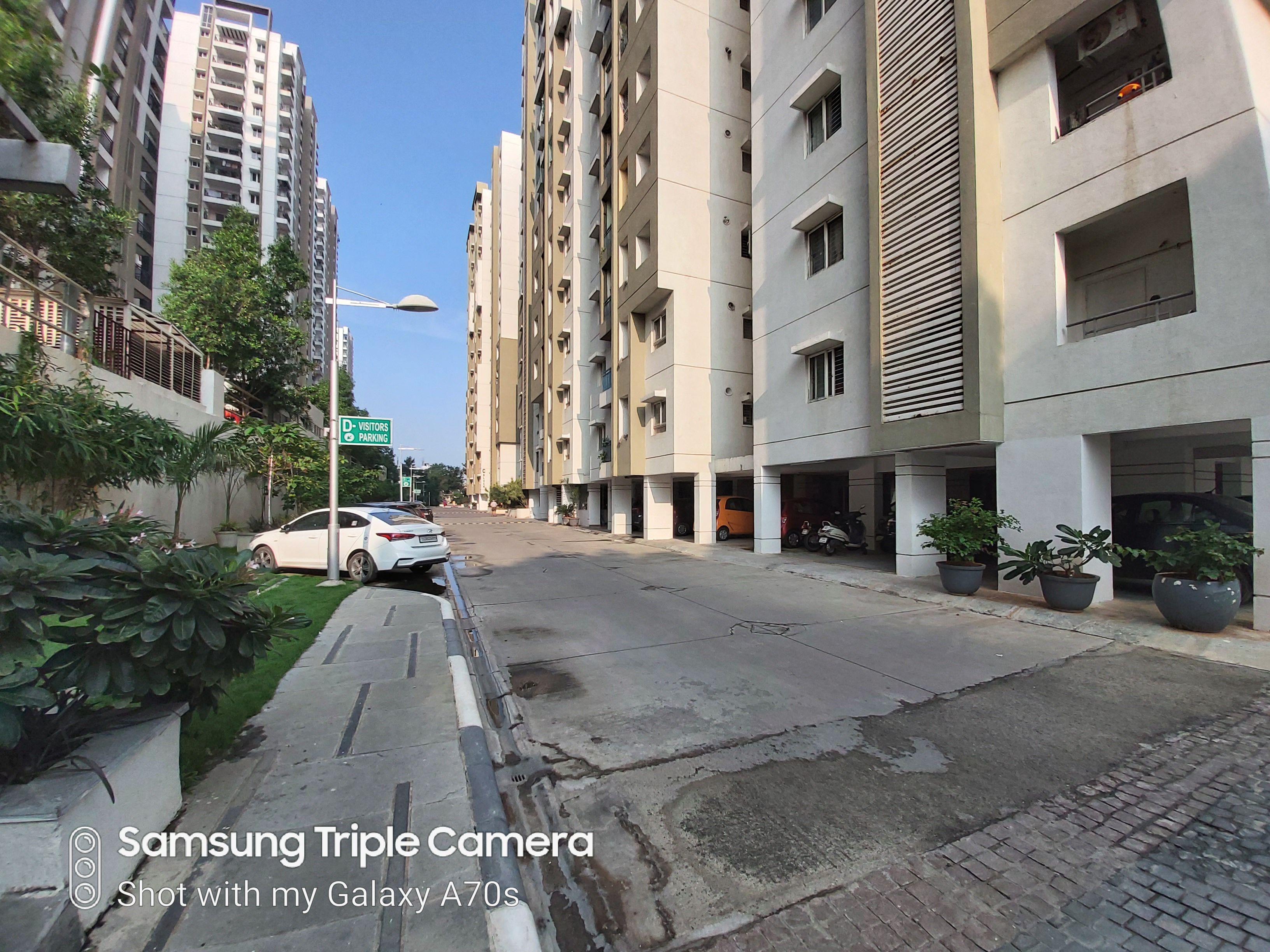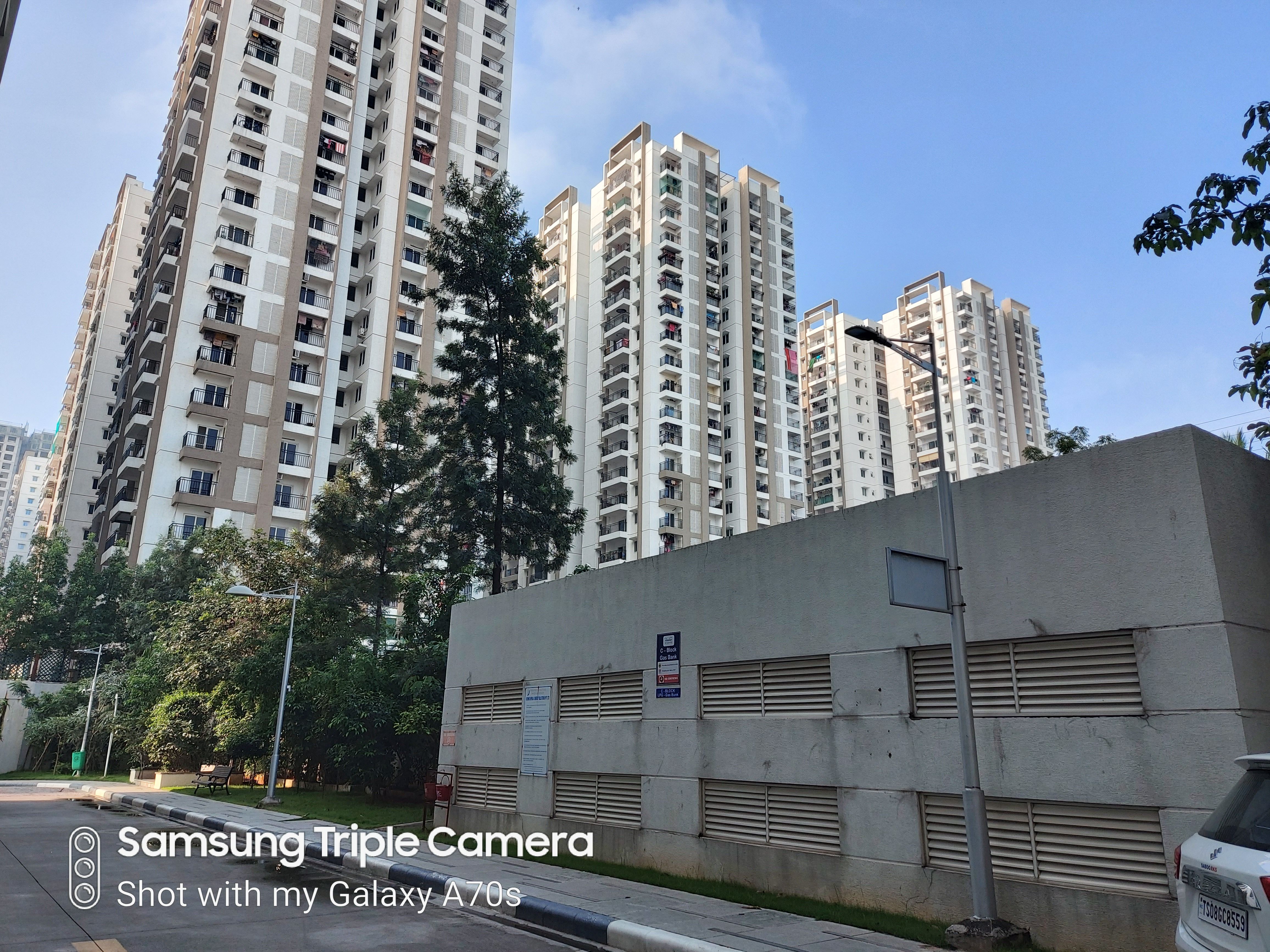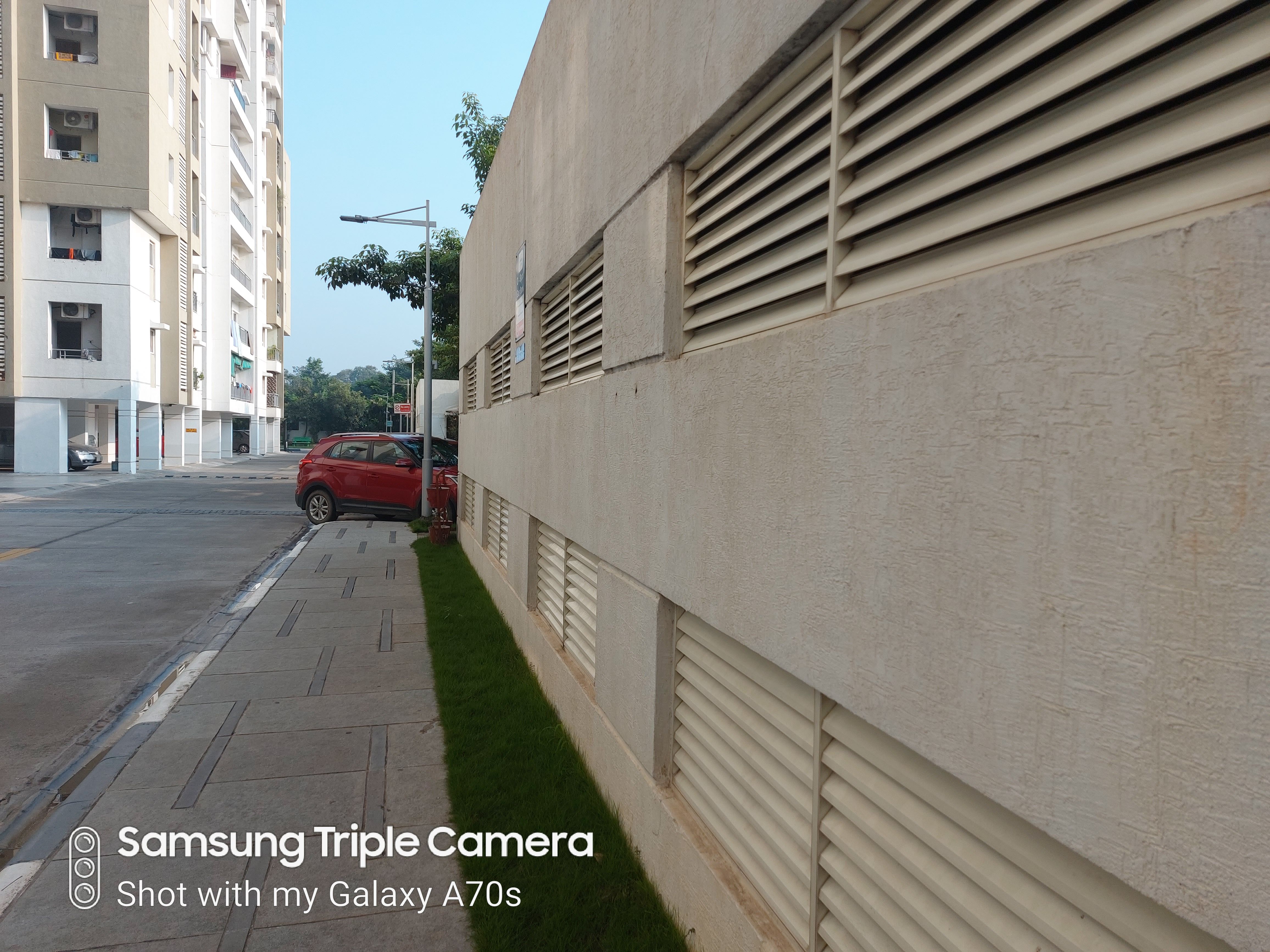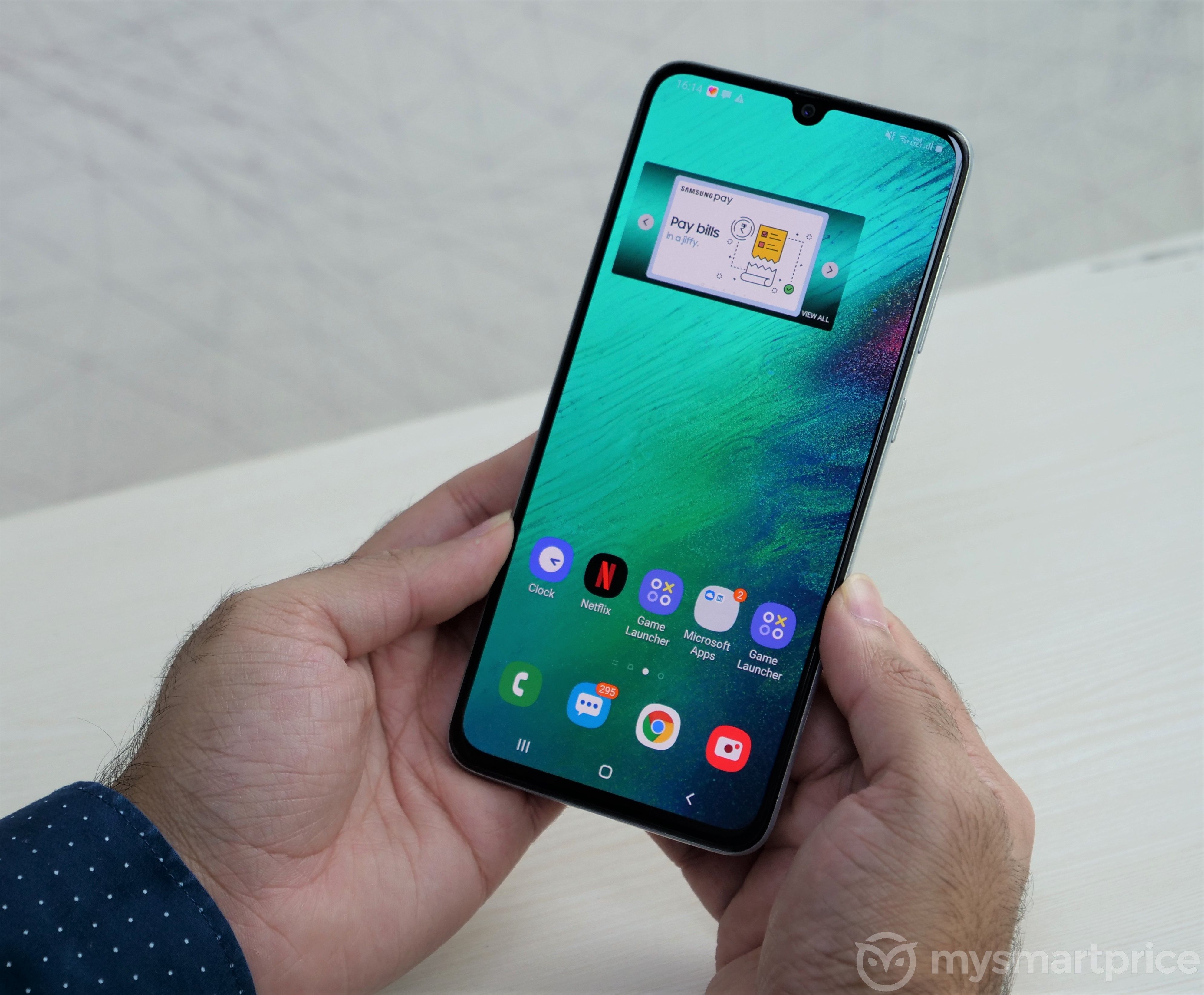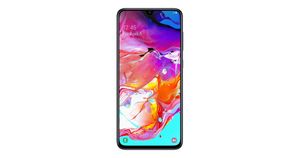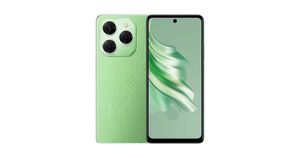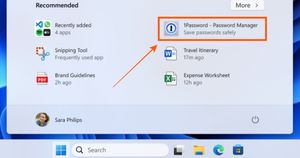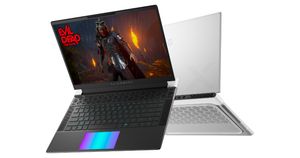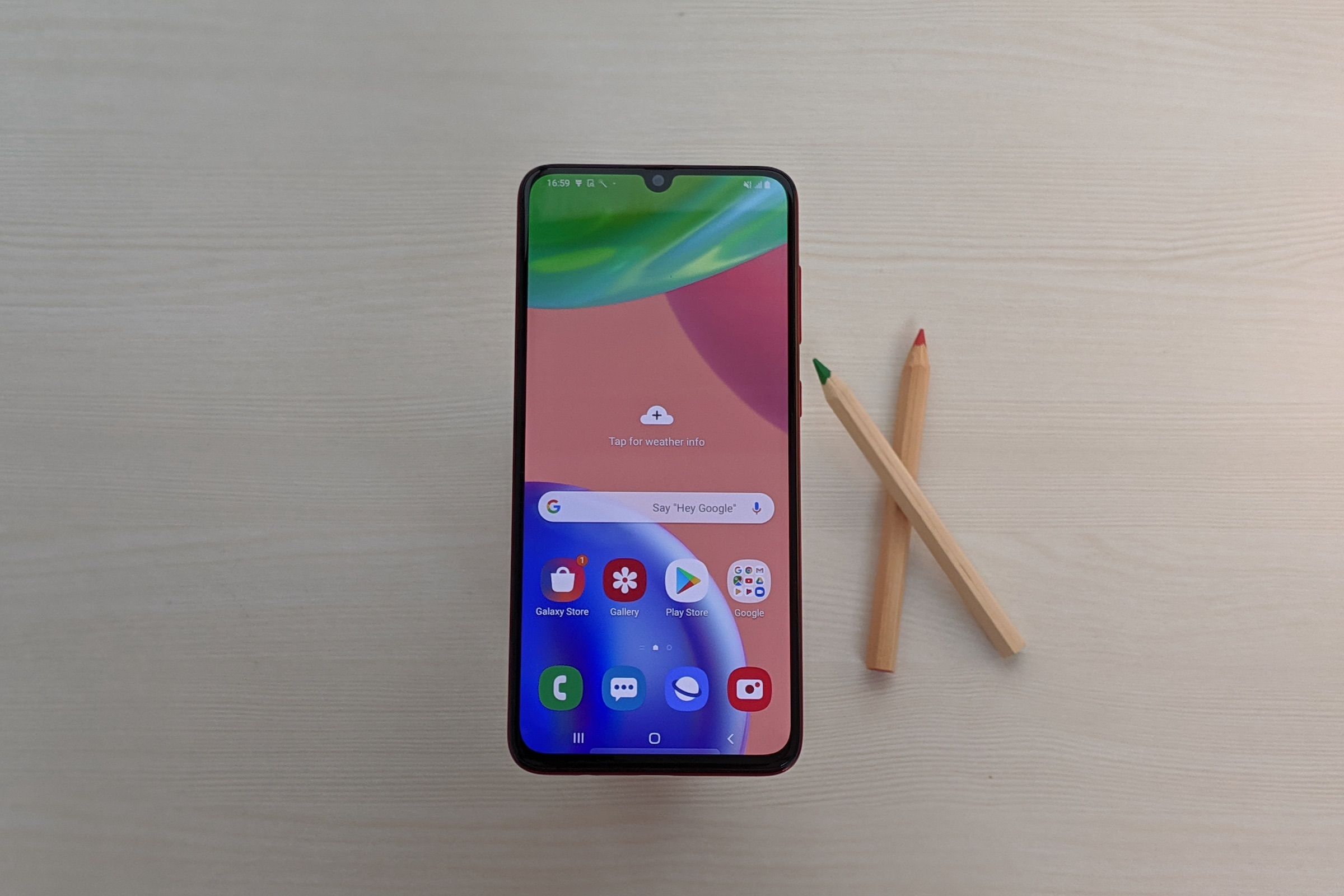
Samsung, over the past few weeks, has been busy updating its budget line up of A-Series and M-Series smartphones. The Korean smartphone major first launched the refreshed A-Series lineup in India which included the likes of the Galaxy A10s, and the Galaxy A30s. The company also launched the Galaxy M30s at around the same time. In the mid-range segment, Samsung first refreshed the A50 by launching the Galaxy A50s and followed it up with the launch of the pricier, (and larger) Galaxy A70s. Today, let us take a closer look at the A70s which can be best described as an incremental update to its predecessor.
Samsung Galaxy A70s: In the box
The Samsung Galaxy A70s comes in Samsung’s unassuming looking box. The content inside this box include:
- Travel adaptor with USB-C port
- Stereo Headset (in-ear type with volume controls, 3.5mm compatible
- USB-C Data cable
- Plastic case
- SIM Ejector
- User manual, documentation
[P_REVIEW post_id=166953 visual=’full’]
Samsung Galaxy A70s: Specifications Overview, Upgrades over the A70
The Samsung Galaxy A70s is a proper mid-ranger from Samsung and comes powered by the Qualcomm Snapdragon 675 SoC. This is the same chipset that is used on the Galaxy A70, the predecessor to this phone. Other things that remain identical to the A70 include the same 6.7-inch FHD+ display, the connectivity options, and the front camera sensor. The A70s’ major upgrade comes in the camera department where Samsung has bumped up the resolution on the primary camera. The A70s comes in two 128GB versions with 6GB and 8GB RAM options. Both these versions get a dedicated microSD card slot for additional storage capacity. The battery capacity of the A70s at 4,500 mAh remains identical to that of the A70. There is no change in the battery charging speeds with both the phones supporting Samsung’s 15W adaptive fast charging. The A70s boasts of a triple camera setup at the rear with the primary camera seeing a resolution bump from 32-megapixels to 64-megapixels.
Samsung Galaxy 70s: Design, Look and Feel
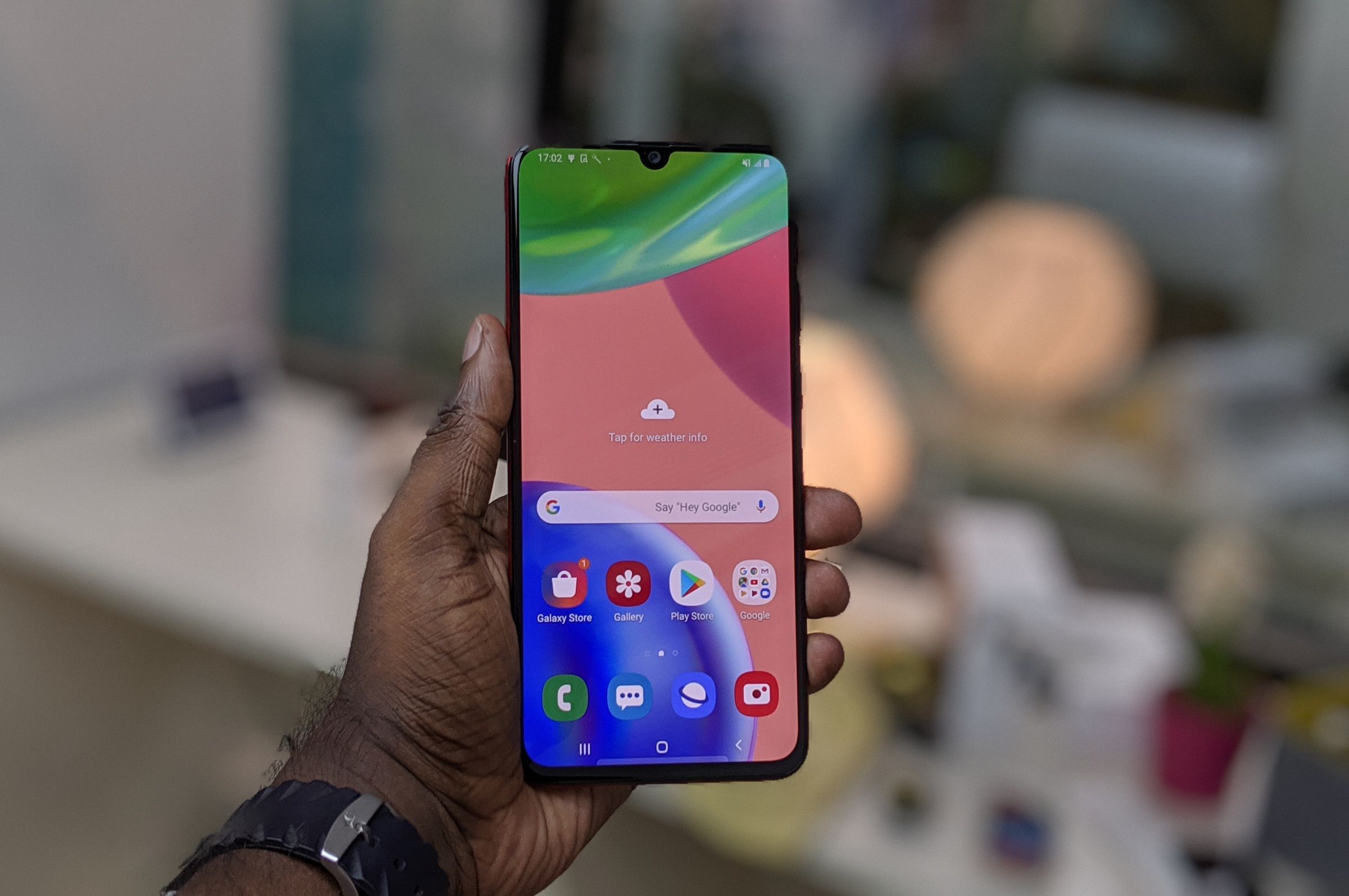
The first thing most users would note about the Samsung Galaxy A70s is its size. With a 6.7-inch display, it is considerably larger than the A50s. Only the humungous ASUS ROG Phone 2 will give the A70s some inferiority complex. In terms of design, the A70s looks like an enlarged version of the A50/A50s. Only when both these handsets are placed side-by-side would you realize how much bigger the A70s is. The review unit that we received came in the Prism Crush Red color which I quite liked. Personally, though, I prefer the cooler Prism Crush White color option which I have seen on the A50s.
Being a large device, even people with large palms will need to stretch a bit to use the A70s. The large AMOLED panel with a U-shaped notch dominates the front fascia. At the rear, the phone gets a triple camera setup in addition to an LED flash. The power button and the volume rockers are located on the right side while the SIM tray can be accessed from the left side. The USB Type-C port, the 3.5mm port, the speaker grill, and the primary microphone are located at the bottom of the phone. The top of the phone is blank, save for the tiny secondary noise-canceling microphone. Overall, the Samsung Galaxy A70s does exude a premium feel. However, it is not the only phone – especially in its price range – to offer that.
Samsung Galaxy A70s: Display

The large 6.7-inch Super AMOLED display on the A70s has to be the single most important feature of this phone. As mentioned earlier, even with its relatively thin bezels, the Galaxy A70s is quite a large device. While it has grown in size over the A50s, the resolution on this display at 1080 x 2340 pixels is identical to that of the former which essentially means that you are looking at a less sharp display. It’s a different thing, however, that you would not notice this fact during daily use. Samsung offers several ways to customize the display on the A70s. Within the display settings, users will find the option to change the screen mode from ’Natural’ to ‘Vivid’. The latter, of course, bumps up the overall color saturation levels. You can choose to tweak around with the additional settings option within the ‘Vivid’ mode to finetune the display settings. You also get a simple slider option to change the color temperature.
Being an AMOLED panel made by Samsung, the overall display experience on the A70s was excellent. It is a great phone to consume content on the go and the decently sized battery capacity means you can easily watch a couple of movies on the go without having to worry about the battery dying on you. And no, the U-Shaped nitch at the top of the display did not really cause much of an issue during daily use.
Samsung Galaxy A70s: Software, Performance
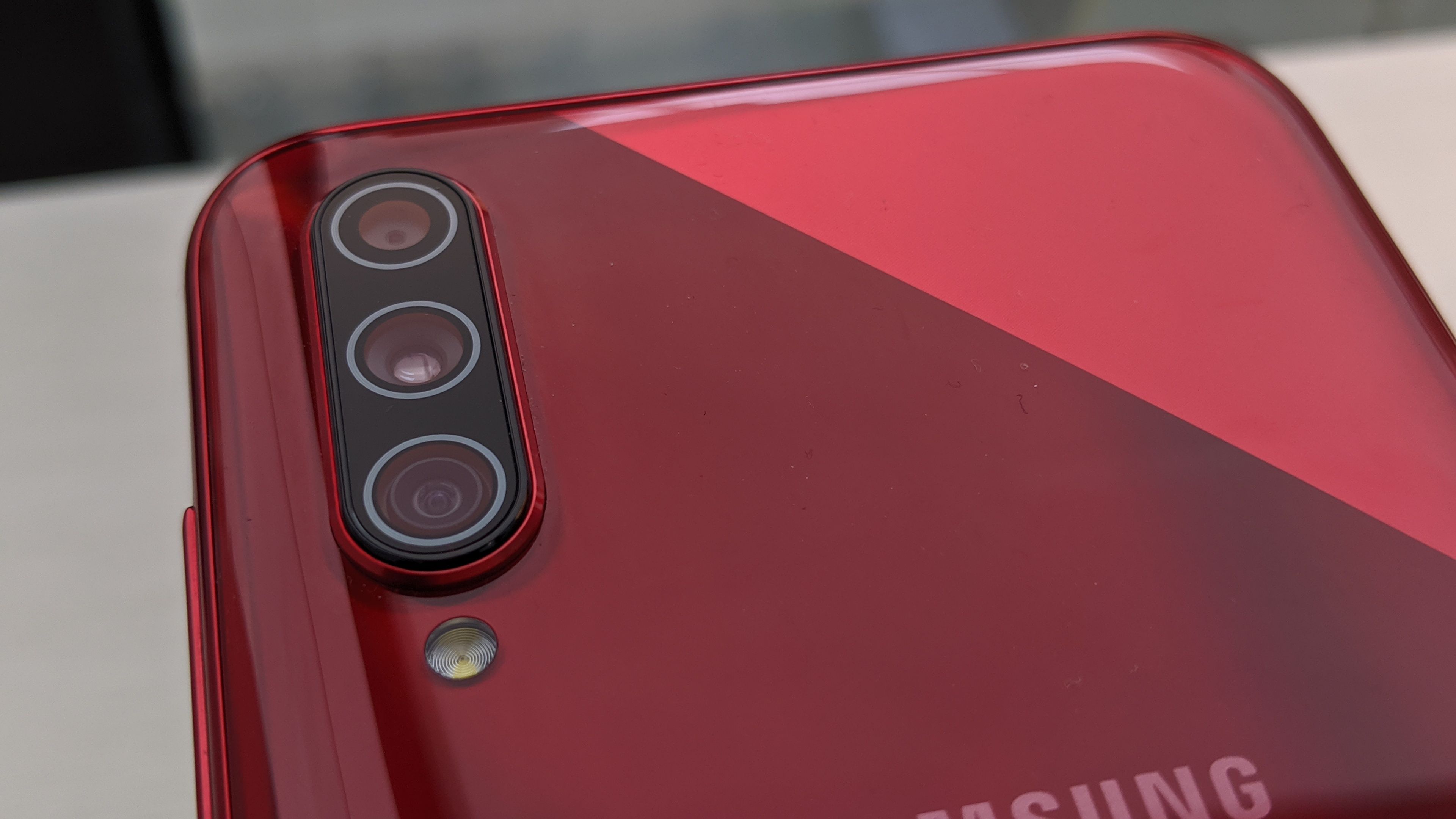
The Samsung Galaxy A70s runs Samsung’s tried and tested One UI atop an Android 9.1 core. A lot of the issues caused by the large display are somewhat mitigated by OneUI – which as you might be aware – is optimized for one-handed usage. The drop-down menu options, for example, are easily accessible when you try to change the quick settings from there. During my time with the phone, I did not face any UI lag or stutter. The phone felt zippy and fast.
While not an avid gamer, I did try a couple of graphics-intensive games on the Galaxy A70 and the phone was able to handle them pretty well. PUBG Mobile seems to have some kind of issue with Samsung devices since I noticed that the overall PUBG experience was choppy when compared to other handsets that use the same hardware. Asphalt 9, on the other hand, played extremely well on the handset and did not show any sign of lag or stutter during the entire duration of the gameplay. I also tried out Call of Duty on the handset and the gameplay experience was somewhat identical to PUBG Mobile even though the phone defaults to high graphics settings. If you are an avid PUBG player, it would be advisable that you set the graphics settings slightly low to enjoy smooth gameplay.
Samsung Galaxy A70s: Camera and Imaging
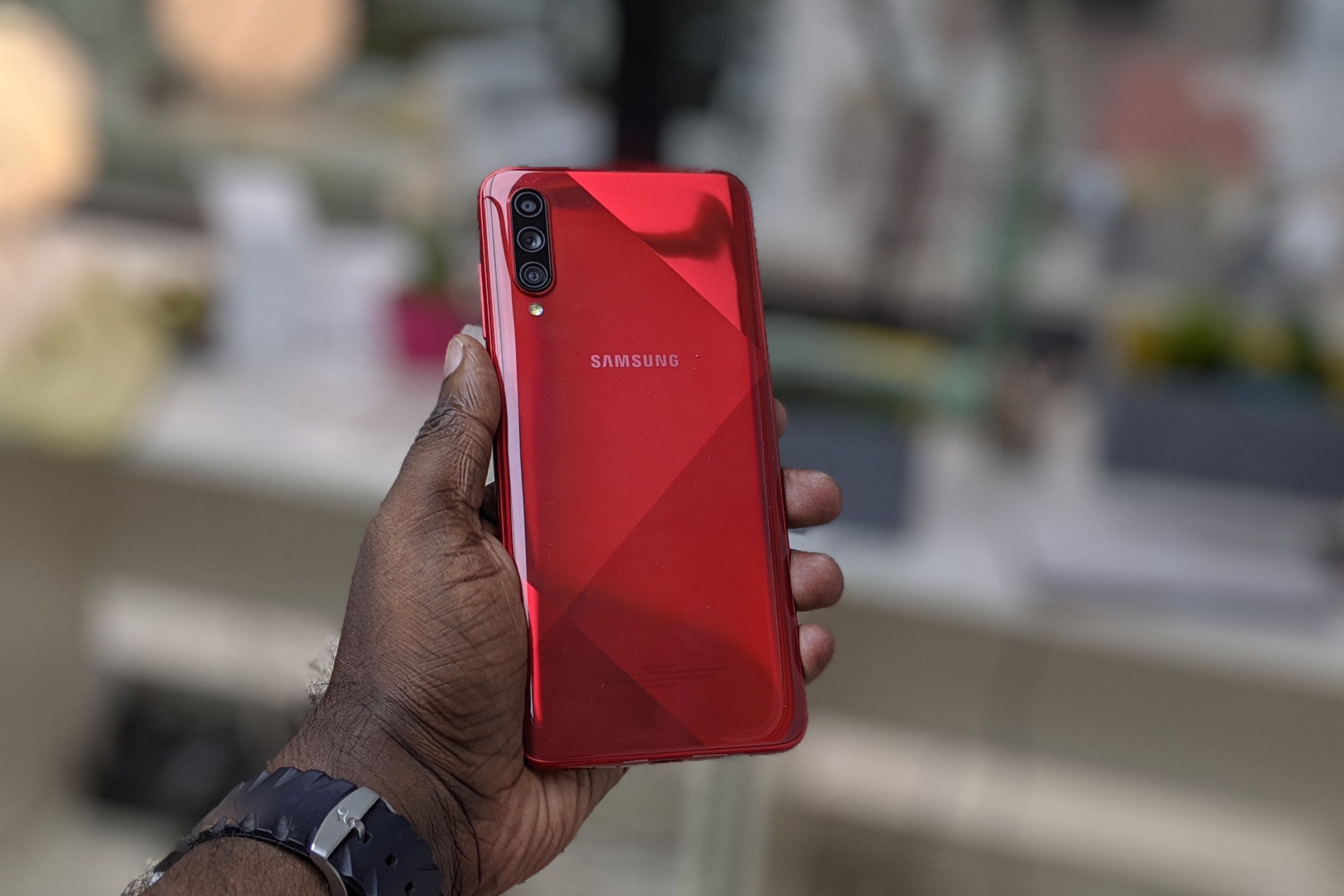
The major upgrade on the Galaxy A70s over its predecessor – the A70s – is the primary camera. The A70s uses Samsung’s new 64-megapixel camera sensor and replaces the 32-megapixel sensor that the older model came with. The sensor size remains the same and as the case was with the 48MP sensor on the A50s, the A70s gives the user an option to shoot images at full resolution. Strangely, the option to change the resolution to 64MP is located in the aspect ratio settings on the default photo app screen. The camera UI is identical to what you have seen on lower-priced handsets – including the A50s and the M30. Users have a lot of modes to choose from ranging from the standard photo mode to a pro mode. The phone can capture 4K videos at 30fps in the highest settings. There is no support for 60fps video, though – even in 1080p. You can also use the ultra-wide-angle camera for video recording but this lens does not support 4K videos.
Images captured during the daytime look excellent with great dynamic range and details. Like the A50s, the images seem to be on the cooler side with some images clearly showing a blue tinge. This seems to be a general trend with Samsung’s image processing algorithm these days.
Here are a few images using the primary rear camera.
The ultra-wide-angle camera with its 123-degree field of view can take 8-megapixel images. You can use this camera to capture some excellent looking images. Here are a few sample images from the ultra-wide-angle lens.
The front-facing 32-megapixel selfie camera is also a capable shooter and gives the user an ultra-wide angle option as well to fit in more people for group selfies. The phone can also record FHD videos using the front-facing camera.
Samsung Galaxy A70s: Battery Life
The Samsung Galaxy A70s being a large phone is big enough to pack in a 4,500mAh battery. The battery also supports fast charging using the supplied 15W fast charger. The one thing you need to know about the charger and the supplied USB cable is that it is a USB-C cable with USB-C connectors on both the ends. This also means that you will need an adaptor or a separate cable to connect the phone to your PC for wired data transfer.
As for the battery life, the A70s easily lasted me over a day with moderate usage. My typical usage involves about an hour of gaming, frequently checking social media apps, a lot of YouTube videos, and an average of 5 calls a day. With this usage pattern, the phone will easily last you well over a day if the brightness set to just over 60%.
The phone took over 1 hour and 45 minutes for a full charge using the supplied charger.
Samsung Galaxy A70s: Verdict
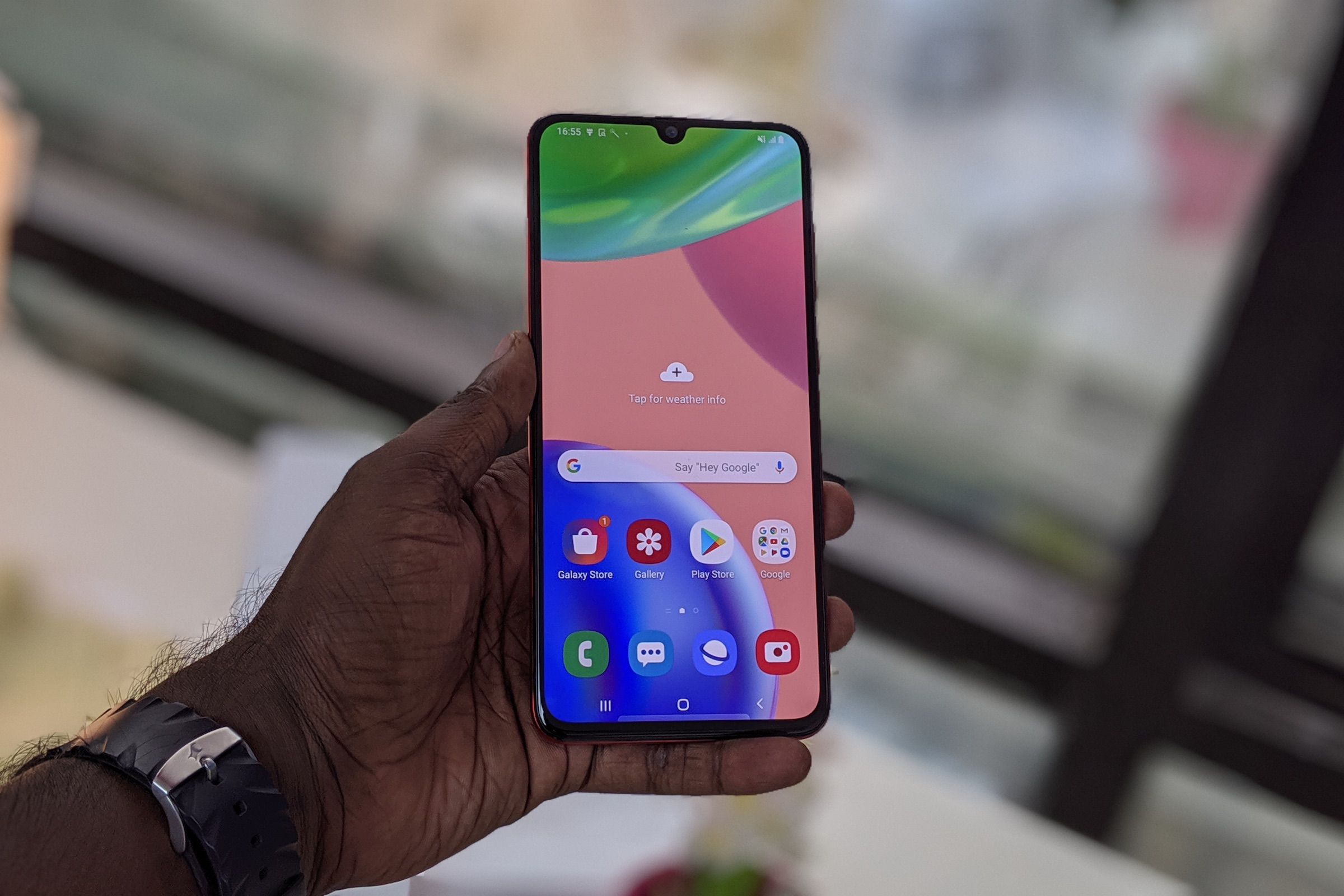
The Samsung A70s is a marginal upgrade over the existing A70. In fact, during my usage, I wondered if this mid-life update was even worth the effort. The only change, as I mentioned earlier, is the camera sensor. The story of the A70s is quite different from that of Samsung’s popular budget smartphone Galaxy M30s which received a significant upgrade in terms of its hardware (over the M30) and competes with other handsets in terms of the specs. On the contrary, Samsung has chosen to use the same Snapdragon 675 SoC on the A70s which, mind you, is also used on the Xiaomi Redmi Note 7 Pro – smartphone that retails for less than half the retail price of the A70S. Even the top-end version of the Redmi Note 7 Pro with 6GB RAM and 128GB of storage retails for almost half the price of the A70s with an MRP of INR 14,999. Is the A70s worth the extra 14,000 over the Redmi Note 7 is something that the buyer needs to choose before he takes a decision.
If that was not all, there are several compelling offerings from the competition if you are willing to spend over INR 25,000 on a new smartphone. Examples include the Redmi K20 Pro from Xiaomi which sells the 6GB+128GB version for INR 24,999 with an AMOLED panel, a faster Qualcomm Snapdragon 855 chip, and a cooler pop-up front camera. Then we have the base version of the ASUS 6Z which is also being sold for just INR 27,999 as I draft this review.
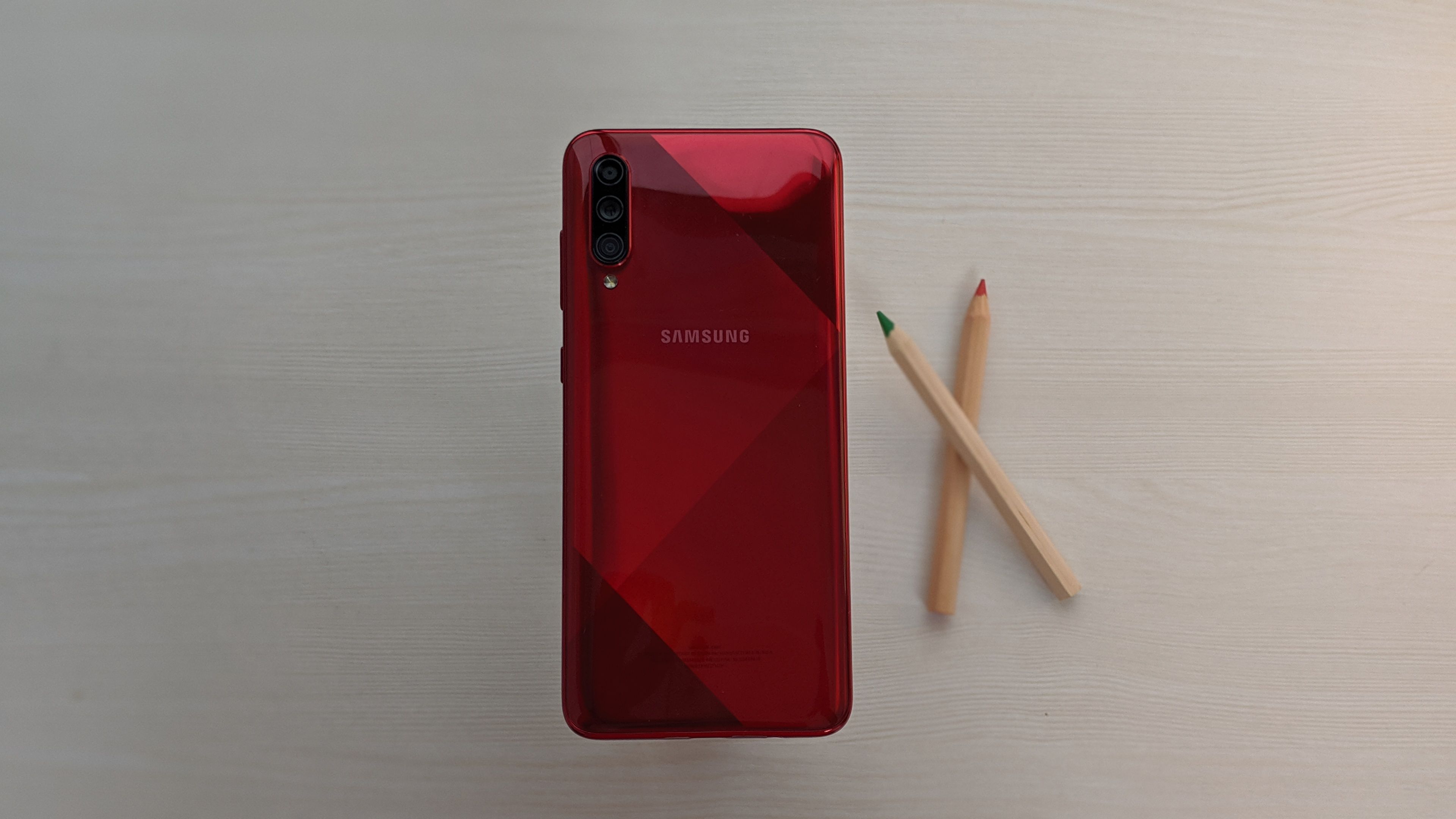
Mind you, the Samsung Galaxy A70s is still a great phone if you look at it in isolation. It has a large, expansive display which makes it a great option to consume content on the go. The phone looks great, has a premium design, offers good performance and has great battery life as well. Thanks to Samsung’s OneUI, the overall software experience is also a cut above the rest. Then you have Samsung’s brand recognition which is usually the case why people go for devices like the A50s and the A70s even though there are other compelling options from competitors often for a lower price. In conclusion, the A70s seems to be targeted at the Samsung fan who will buy the A70s in spite of having the option to choose devices that will offer objectively better performance than the A70s – at a lower price point.
